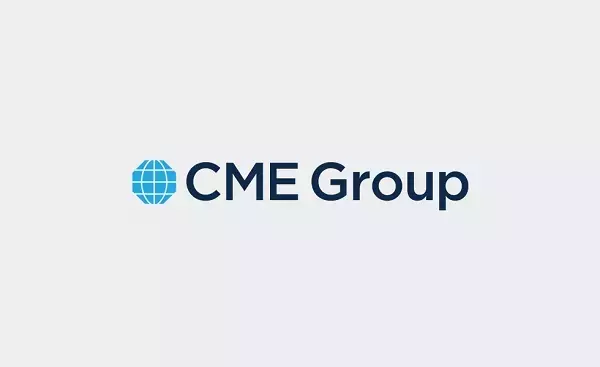On Friday, the Chicago Mercantile Exchange (CME) witnessed a notable dip in lean hog futures. This decline was primarily driven by technical selling and a subsequent drop in pork cutout values. December lean hog futures (LHZ24) saw a decrease of 0.600 cents, settling at 79.500 cents per pound. According to Austin Schroeder, a commodity analyst at Brugler Marketing and Management, the fall in pork cutout values on Thursday afternoon exerted significant selling pressure on speculative funds that held substantial long positions. Over the two days ending on Nov. 13, the CME lean hog index price stood at $89.78, which was slightly lower than the $89.94 recorded for the preceding two-day period. This dip in futures prices and the associated market dynamics have implications for various stakeholders in the pork industry. It highlights the volatility and interconnectedness of the commodity markets and the need for careful analysis and decision-making. The fluctuations in lean hog futures not only affect traders and investors but also have a ripple effect on producers, processors, and consumers. Understanding these market movements is crucial for those involved in the pork supply chain to navigate the uncertainties and make informed business decisions.
"Discover the Reasons Behind the Friday Dip in CME Lean Hog Futures"
Technical Selling and Its Role
1: Technical selling plays a significant role in the dip of CME lean hog futures. It refers to the selling of securities based on technical analysis indicators rather than fundamental factors. In this case, the technical indicators might have signaled a potential reversal or a correction in the upward trend of lean hog futures. As a result, traders and investors started to sell their positions, leading to a decline in prices. This type of selling is often driven by short-term market sentiment and the desire to take profits or cut losses. 2: The impact of technical selling can be seen not only in the immediate price decline but also in the overall market sentiment. It can create a domino effect, as other traders and investors follow the lead of the early sellers. This can lead to a self-fulfilling prophecy, where the selling pressure continues and the market further corrects. Therefore, it is important for market participants to closely monitor technical indicators and understand their implications for market movements.The Influence of Pork Cutout Values
1: The drop in pork cutout values on Thursday afternoon had a direct impact on the CME lean hog futures. Pork cutout values represent the price received by processors for different cuts of pork. When these values decline, it indicates a decrease in demand or an oversupply in the market. In the case of lean hog futures, the fall in pork cutout values led to selling pressure from speculative funds that held significant long positions. These funds were likely concerned about the potential decline in profitability due to the lower cutout values. 2: The relationship between pork cutout values and lean hog futures is complex and interrelated. Changes in pork cutout values can reflect shifts in consumer demand, production levels, and market conditions. For example, if there is an increase in pork production or a decrease in consumer demand, it can lead to a decline in pork cutout values. This, in turn, can affect the expectations and trading decisions of market participants in lean hog futures. Therefore, monitoring pork cutout values is essential for understanding the underlying factors driving the movements in lean hog futures.Market Implications and Future Outlook
1: The dip in CME lean hog futures has several market implications. For traders and investors, it presents an opportunity to assess the market sentiment and potential trading strategies. It also highlights the importance of risk management and diversification in commodity trading. By spreading their investments across different commodities and markets, traders can reduce their exposure to individual market fluctuations. 2: Looking ahead, the future outlook for CME lean hog futures remains uncertain. Factors such as changes in consumer demand, production levels, and global economic conditions will continue to influence market movements. Market participants will need to closely monitor these factors and adjust their trading strategies accordingly. Additionally, government policies and regulations related to the pork industry can also have a significant impact on futures prices. Therefore, staying informed and adapting to changing market conditions will be crucial for success in the commodity markets.You May Like

